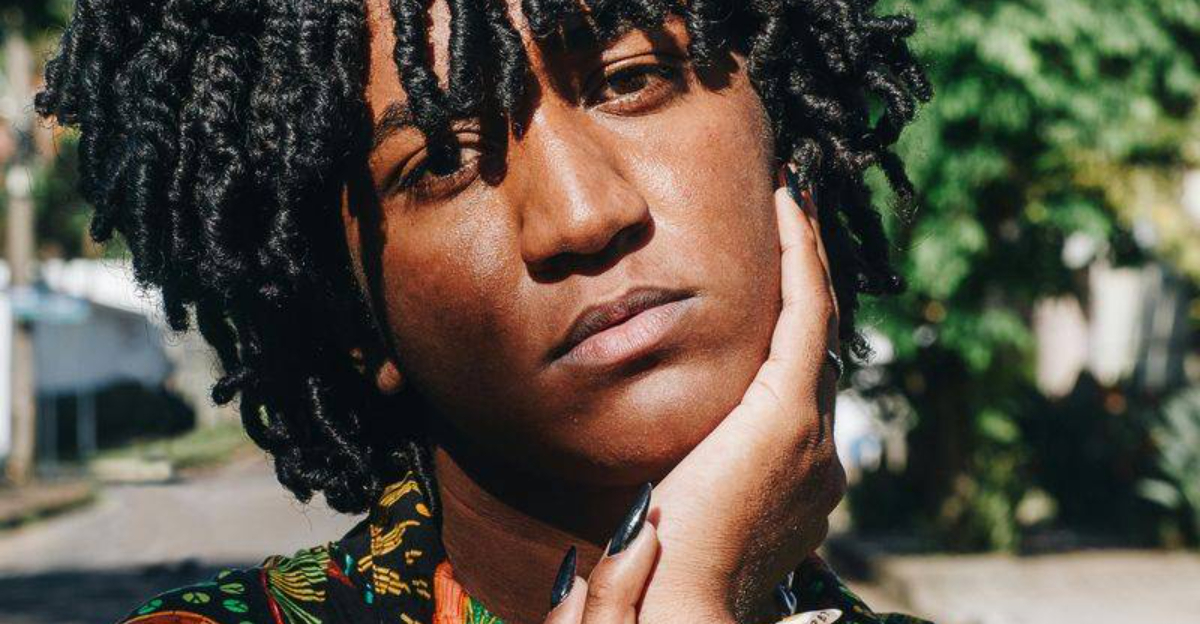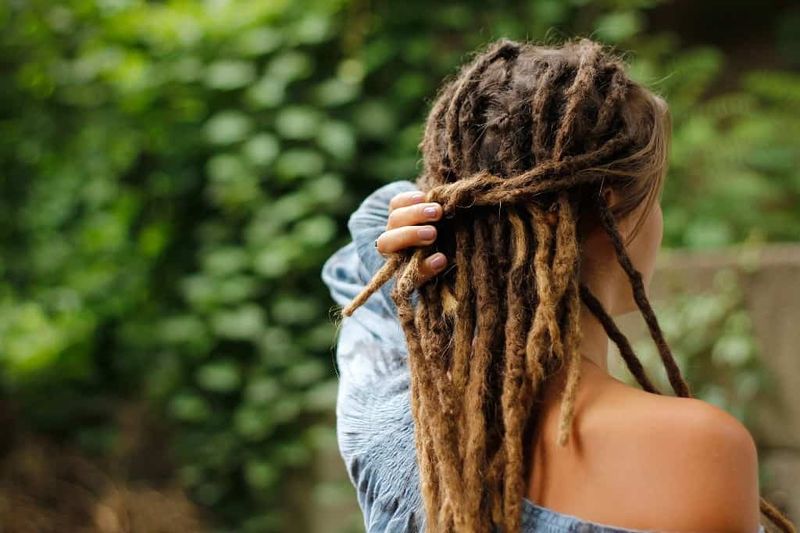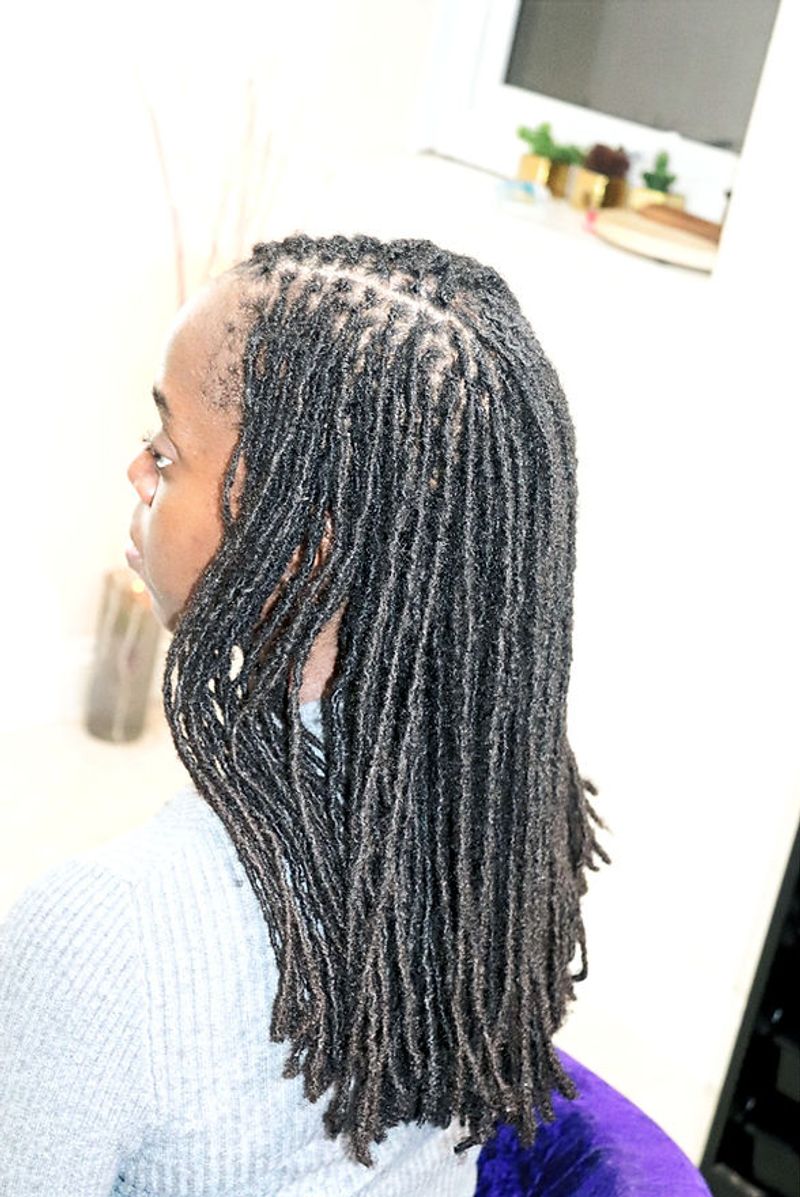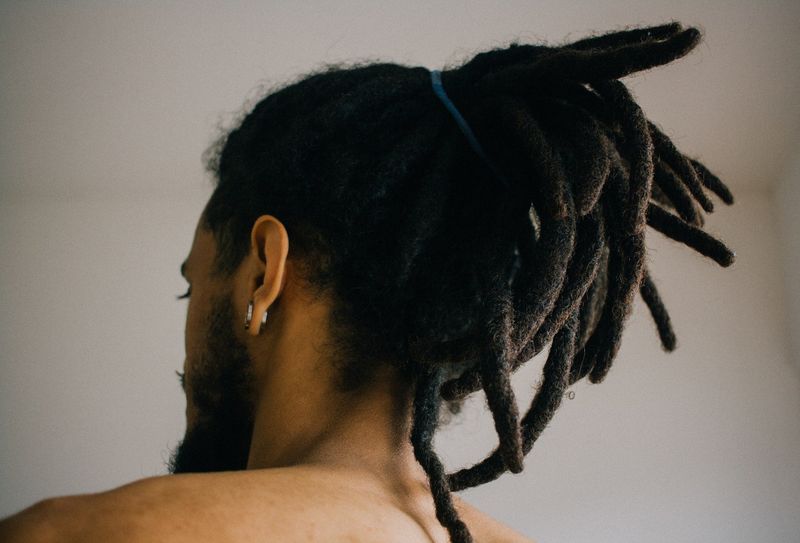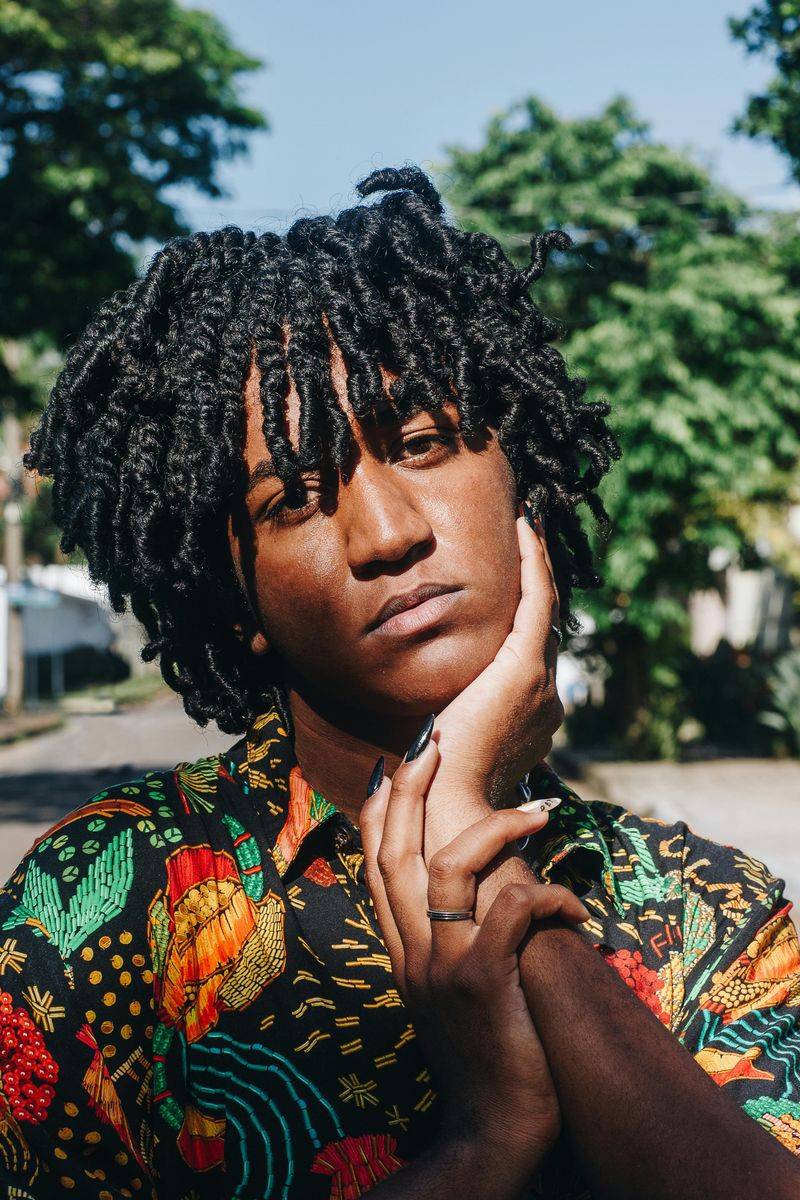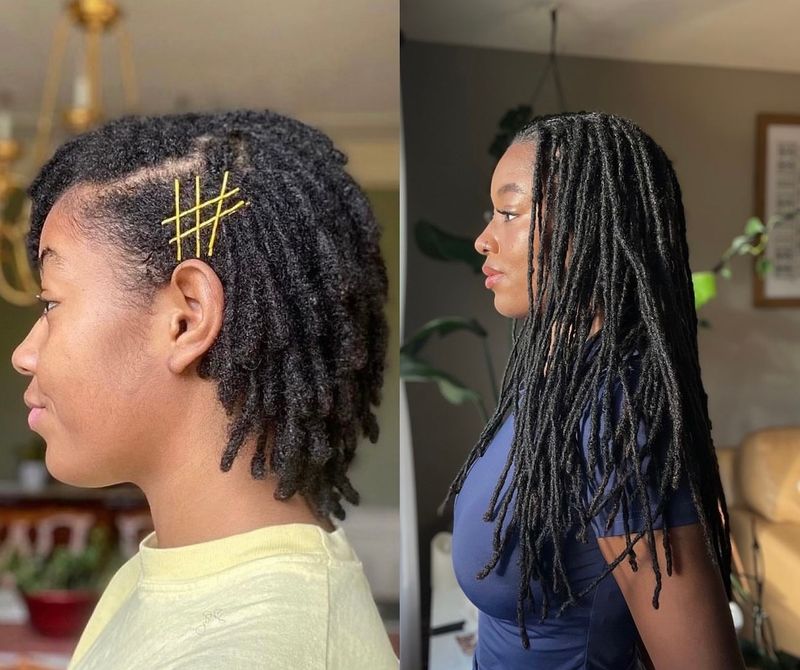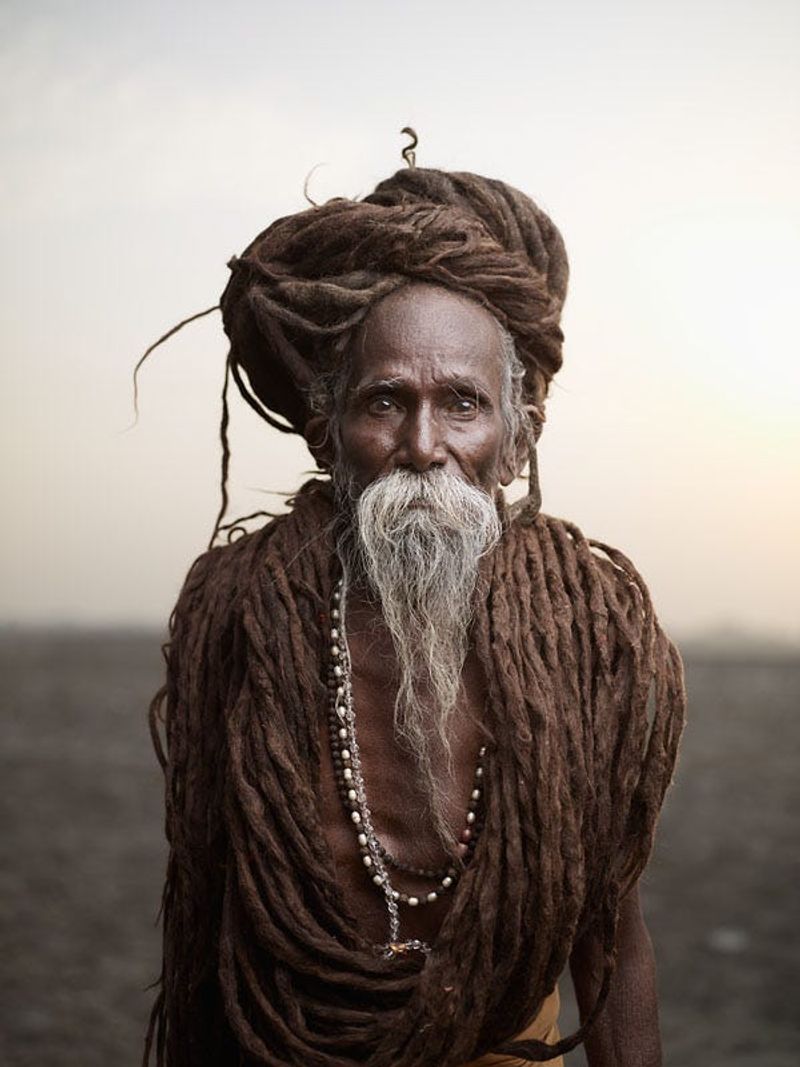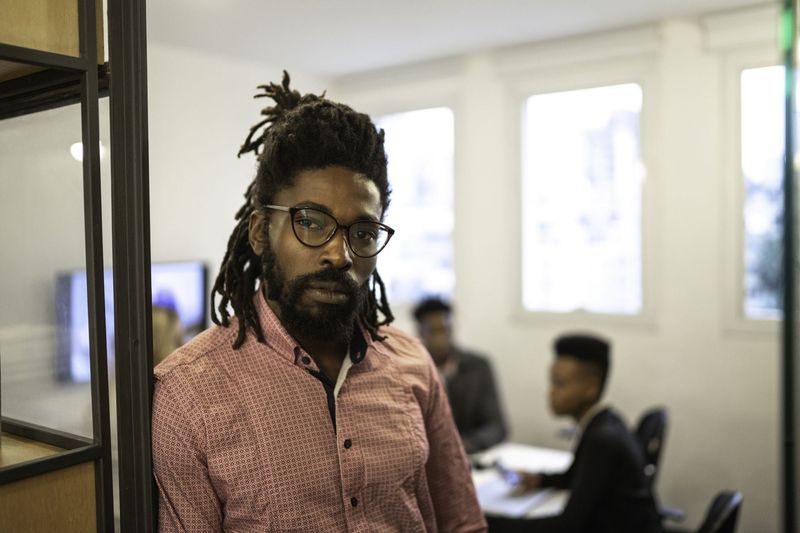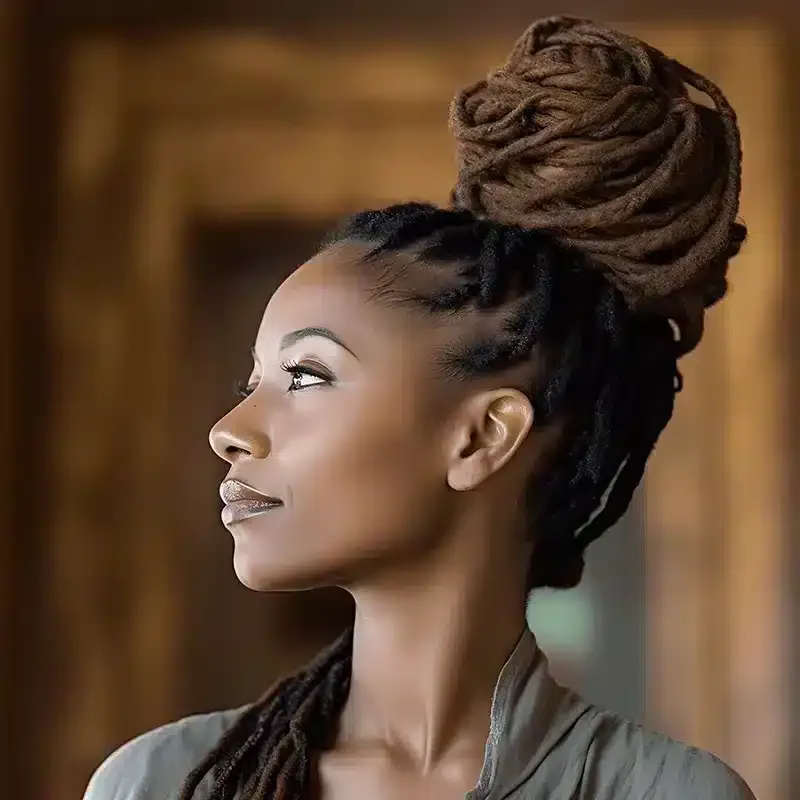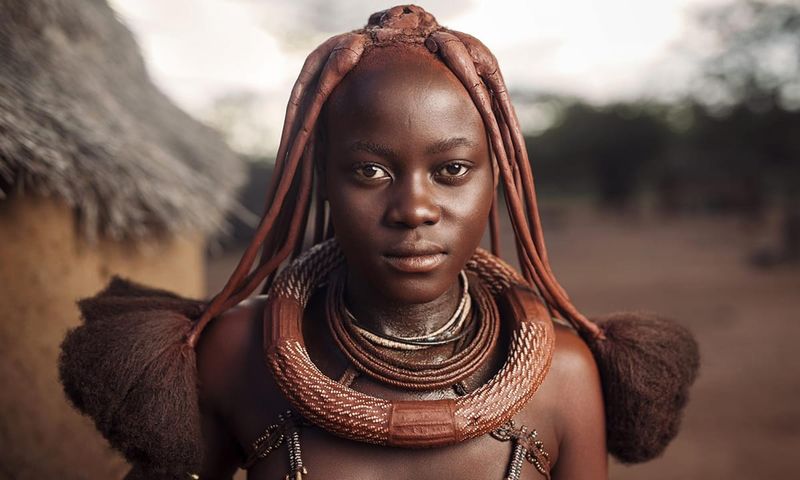Dreadlocks have been worn across cultures for thousands of years, yet many misconceptions still surround this natural hairstyle.
From ancient spiritual practices to modern fashion statements, locs carry rich history and meaning. Let’s uncover some fascinating truths about dreadlocks that might change how you view this timeless hairstyle.
1. Ancient Egyptian Roots
Dreadlocks date back to ancient Egypt! Mummies discovered with intact locs prove this style has been around for over 3,500 years.
Archaeological evidence shows Egyptian pharaohs and nobility often wore their hair in locked styles, suggesting the style held significant cultural importance.
2. Natural Formation Process
Left completely alone, most human hair will eventually form dreadlocks on its own! This natural matting process occurs when hair strands tangle and knot together over time.
No special products are actually required – just patience and minimal interference.
3. Not Just for Rastafarians
While often associated with Rastafarian culture, dreadlocks appear in Hindu, Buddhist, and many African traditions long before Rastafarianism emerged in the 1930s.
Hindu holy men known as Sadhus have worn jata (matted locks) for centuries as a spiritual practice.
4. Washing Is Essential
Contrary to popular belief, clean dreadlocks lock faster and better! Regular washing removes oils that prevent knotting.
Most loc wearers wash their hair weekly or biweekly with residue-free shampoos. Cleanliness actually helps maintain healthy, tight locs.
5. Different Formation Methods
Backcombing, twisting, braiding, and crochet hooking are just a few techniques used to start locs.
Each method creates a distinctive look and texture. Some cultures even use clay, plant matter, or beeswax to help form their traditional locked styles.
6. Weight That Builds Up
Mature dreadlocks can become surprisingly heavy! Years of growth, accumulated hair, and sometimes added decorations increase their weight.
Some people report neck pain after decades of wearing very long locs. A full head of waist-length dreadlocks might weigh several pounds!
7. Unique to Each Person
No two sets of naturally-formed dreadlocks are identical! Like fingerprints, they develop distinctive patterns based on hair texture, thickness, and growth patterns.
Even professionally-started locs will evolve uniquely over time, creating a truly personalized hairstyle.
8. Swimming Is No Problem
Swimmers with dreadlocks don’t need to worry about ruining their style! Saltwater actually helps tighten locs, though chlorine requires thorough rinsing afterward.
Many loc wearers simply wrap their hair in a swim cap or let it dry naturally after a dip.
9. Dreadlocks Are Removable
Contrary to the myth that cutting is the only option, dreadlocks can be combed out with patience and proper techniques.
The process takes time – sometimes days or weeks for mature locs. Special conditioning treatments help loosen the knots gradually without losing all your length.
10. Not Limited by Hair Type
People with all hair textures can form dreadlocks! While different hair types require different techniques, anyone can rock this style.
Straight, fine hair typically needs more maintenance at first, while coarser, curlier textures might lock more quickly and hold shape more easily.
11. Maintenance Varies Widely
Some loc wearers visit professionals monthly for retwisting and styling. Others embrace a freeform approach with minimal intervention.
Maintenance routines depend on desired neatness, hair growth rate, and personal preference. Even within the same cultural tradition, maintenance practices can differ dramatically.
12. Historical Symbolism
Throughout history, dreadlocks have symbolized spiritual devotion, rebellion, cultural identity, and even mourning.
Maasai warriors, Hindu ascetics, and Jamaican Rastafarians all wear locs for different symbolic reasons. The meaning varies dramatically across cultures and time periods.
13. Professional Acceptance Growing
Workplace acceptance of dreadlocks has increased significantly in recent years. Many companies now recognize locs as a professional hairstyle.
Legal protections against hair discrimination are expanding, with several states passing CROWN Act legislation protecting natural and cultural hairstyles in professional settings.
14. Health Benefits Reported
Many dreadlock wearers report reduced headaches and neck tension after adopting the style.
The weight distribution can provide gentle scalp stimulation. Additionally, minimizing chemical treatments and heat styling often leads to healthier hair overall.
15. Living Entities in Some Cultures
In certain traditions, dreadlocks are believed to possess spiritual energy or even consciousness!
Some practitioners view their locs as extensions of their nervous system or spiritual antennas. Special ceremonies may mark significant stages in a loc journey, honoring this spiritual connection.

